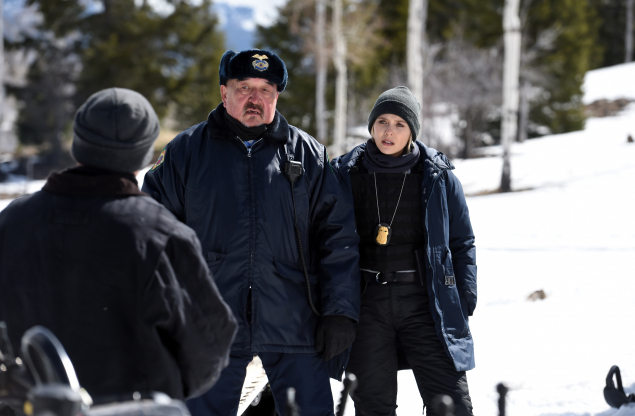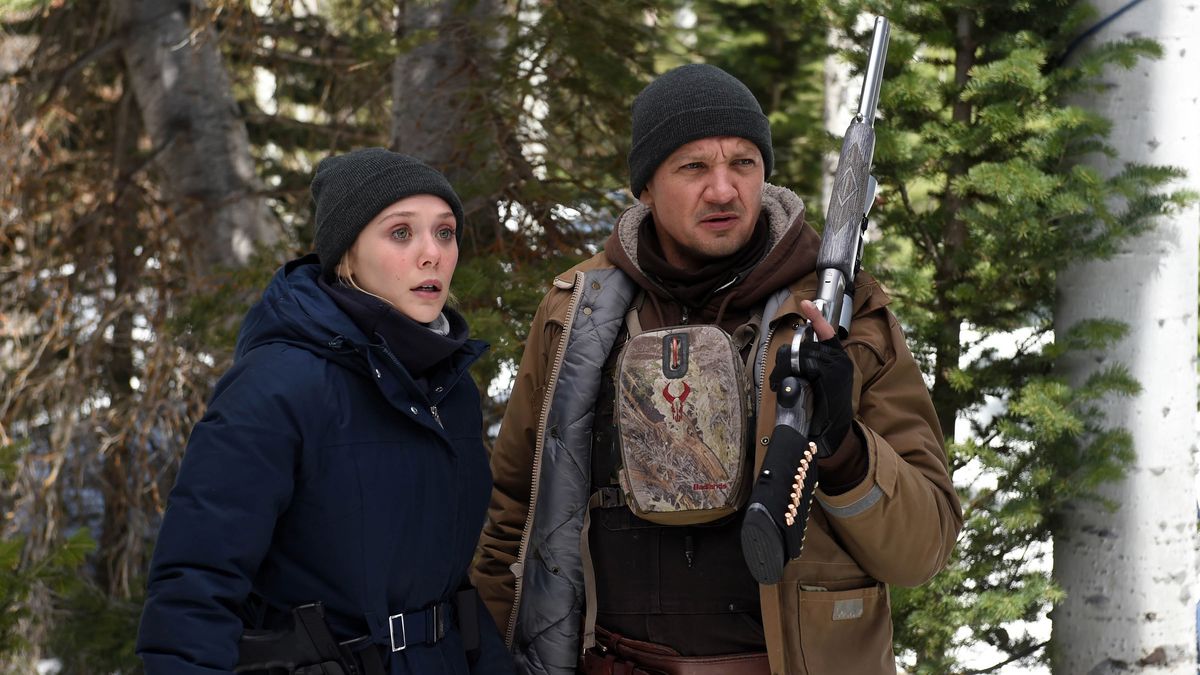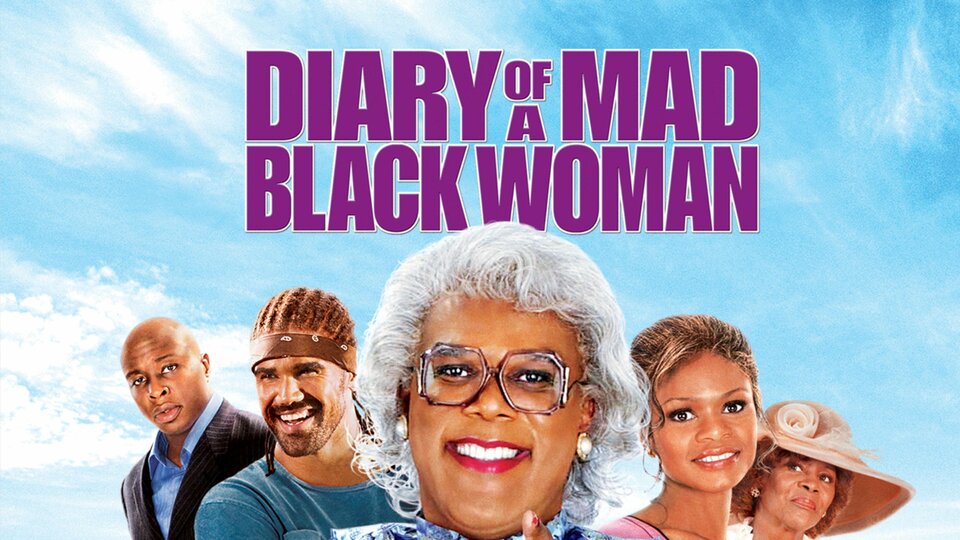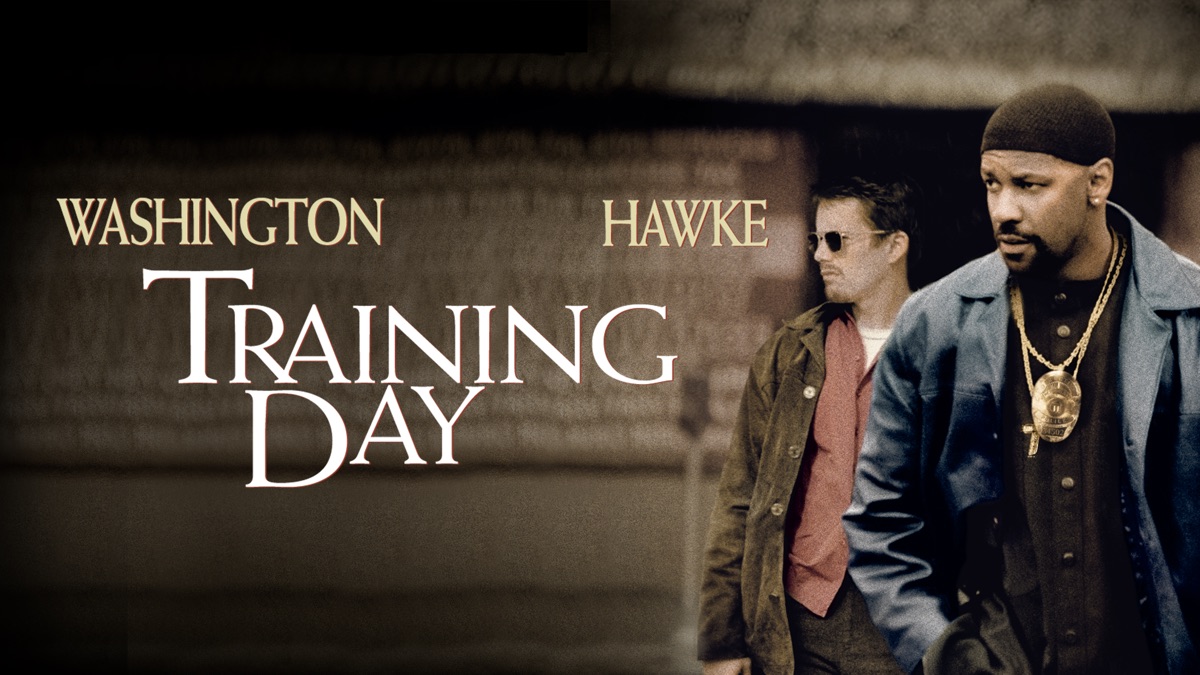Wind River (2017): A Haunting Modern Western Rooted in Truth and Tragedy
Wind River, released in 2017, is a gripping neo-Western crime thriller that fuses a powerful emotional core with raw suspense and social commentary. Written and directed by Taylor Sheridan—known for his work on Sicario and Hell or High Water—the film is the third installment in his so-called “American Frontier Trilogy.” Set against the stark, snow-covered landscapes of the Wind River Indian Reservation in Wyoming, the film unravels a mystery that is as chilling as its setting.
The story centers on Cory Lambert (Jeremy Renner), a wildlife tracker with a tragic past, who discovers the body of a young Native American woman, Natalie Hanson, deep in the frozen wilderness. Her death appears to be a murder, but the jurisdictional and bureaucratic limitations of reservation law enforcement complicate the case. Enter Jane Banner (Elizabeth Olsen), a young, inexperienced FBI agent sent to investigate. Unfamiliar with the harsh environment and cultural context, she relies heavily on Cory’s knowledge of the land and community.

As the investigation unfolds, the film explores more than just a murder—it delves into the broader issue of violence against Indigenous women and the systemic failure to address it. Through quiet, deliberate pacing and haunting visuals, Wind River evokes a sense of isolation, both physical and emotional. The snowy landscape becomes a metaphor for grief, justice delayed, and voices silenced.
Jeremy Renner delivers one of the strongest performances of his career. His portrayal of Cory is subdued yet emotionally resonant, especially as his personal trauma—his own daughter’s death years earlier—mirrors the pain felt by Natalie’s family. Elizabeth Olsen, known for her role as Scarlet Witch in the Marvel Cinematic Universe, breaks type here with a grounded, empathetic performance as an outsider trying to navigate a complex and unfamiliar world.

The supporting cast includes standout performances from Gil Birmingham as Martin Hanson, Natalie’s grieving father, and Graham Greene as the weary but wise tribal police chief. The authenticity of these characters is amplified by Sheridan’s commitment to portraying Indigenous communities with respect and depth, something often lacking in Hollywood depictions.
Nick Cave and Warren Ellis composed the haunting score, enhancing the film’s tension and emotional weight. Ben Richardson’s cinematography captures the bleak beauty of the Wyoming winter, contrasting wide, sweeping shots with close, intimate moments of anguish and introspection. The violence, when it occurs, is brutal and unflinching—grounded in realism rather than spectacle.

Critically acclaimed for its storytelling, performances, and social relevance, Wind River was both a box office success and a conversation starter. It sheds light on a tragic real-world issue: the disappearance and murder of Indigenous women, which often go uninvestigated and unreported. The film ends with a powerful title card stating that no national database exists for missing Native American women—an indictment of institutional neglect.
In summary, Wind River is more than a crime thriller. It’s a powerful, haunting film that blends elements of mystery, drama, and Western grit, while highlighting a deeply human tragedy often ignored. It lingers long after the credits roll, demanding both reflection and recognition.


